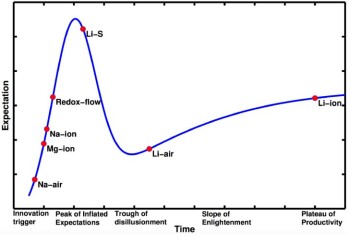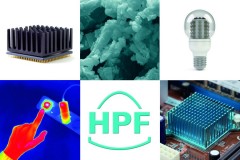Science of Innovation – a video series – documents how researchers “imagine, invent, improve and inspire” to deliver solutions in health care, energy storage and transportation, to highlight just a few of the sectors mentioned.
Launched in 2012 to celebrate the 165th birthday of Thomas Edison, the videos are produced by NBC Learn in partnership with the National Science Foundation and the United States Patent and Trademark Office.
New episodes
This month, the team has added six more episodes, including clips on the work of Angela Belcher at MIT, and also featuring Adam Feinberg’s group at Carnegie Mellon University.
Belcher’s use of genetically engineered viruses to grow better batteries is the application that often hits the headlines, but her team is also looking at using the technique to improve solar cells, fuel cells, biofuels and cancer therapies. Feinberg is part of the research community applying 3D printing to solve challenges in healthcare, which includes accelerating drug development and advancing personalized medicine.
Device applications for genetically engineered viruses
Overcoming challenges in 3D bioprinting
More videos in the Science of Innovation series
Other topics featured in the new episodes include the microfabrication of cochlear implants; the use of friction stir welding as a tool for tailoring the strength of metallic components; the application of origami structures to enable the transport and easy deployment of large area devices (such as solar arrays); as well as the development of microcontrollers for virtual reality displays.
Read next
– An interview with Gabor Forgacs: from theoretical physics to the business of 3D bio-printing (published in the journal Translational Materials Research)
Open for submissions: TMR focus collection on biomaterials
Guest Editor – Subbu Venkatraman, Nanyang Technological University, Singapore
Since the early days of the artificial hip joint, when metallic, polymeric and even ceramic biomaterials were first implanted as hard-tissue replacements, both natural and synthetic biomaterials have become increasingly important for prolonging as well as improving our quality of life. Building functional body parts from many different material types is now commonplace; transplanting these parts with long-term survivability have become reasonably safe procedures for surgeons. Some of these technologies have progressed so far that the concept of a ‘bionic man’ with several replacement body parts is no longer confined to the world of science fiction [more details].
Related stories
– Virus creates nanoelectrode for battery (nanotechweb.org)




